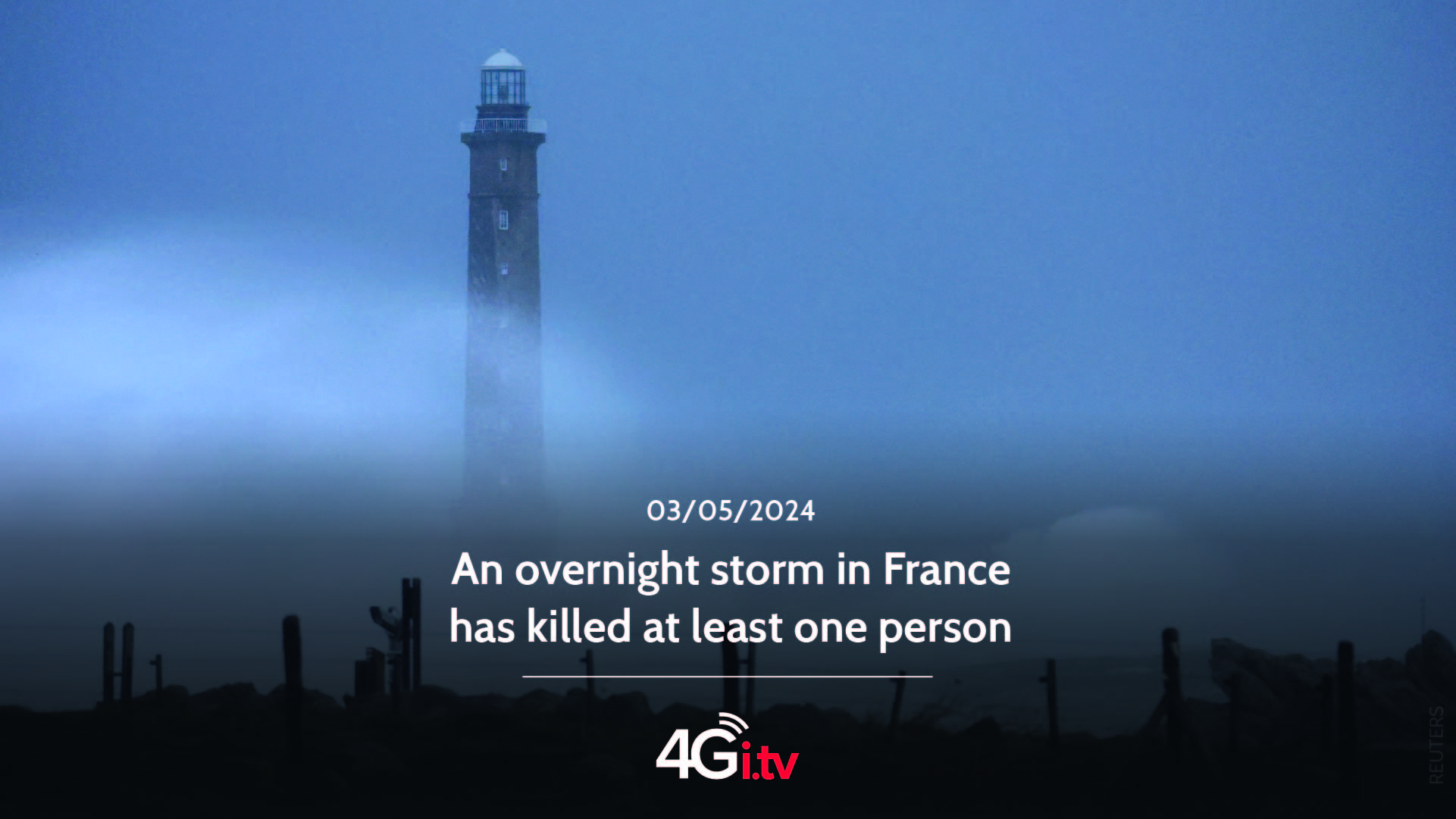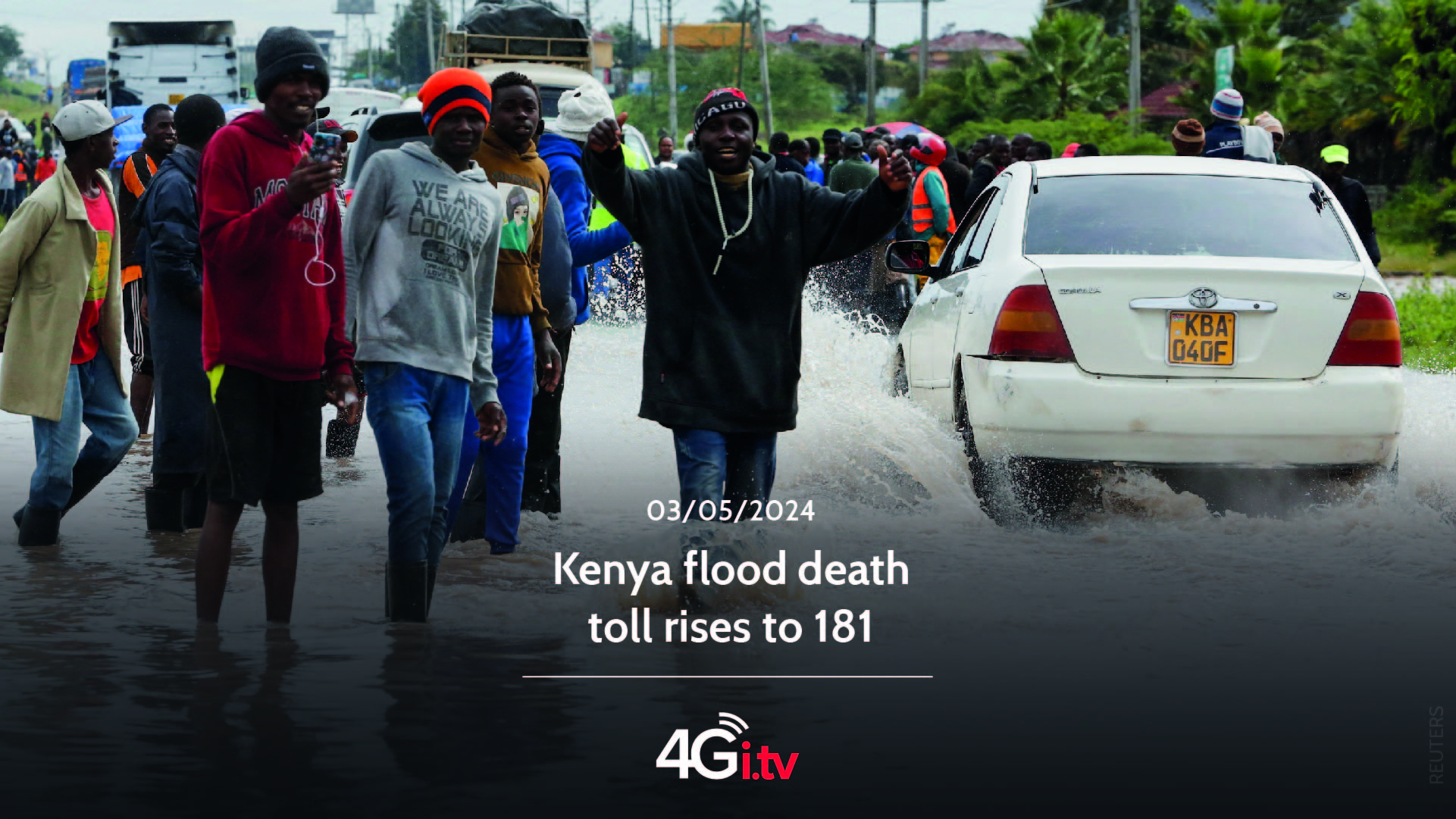Norway’s King Harald to reduce activity after illness

Norway’s King Harald, 87, will permanently reduce the number of official activities he takes part in following his recent illness, the royal household said. Harald, Europe’s oldest active monarch, was hospitalised in February for an infection while on holiday in Malaysia and subsequently had a pacemaker implanted to compensate for his low heart rate.
Harald resumed his constitutional duties as head of state on Monday after almost two months on sick leave. However, he has ruled out abdicating, insisting that his oath as king is for life.
“The King will make adjustments to his programme in the future, out of consideration for his age. This will involve a permanent reduction in the number and scope of activities in which the king is involved,” the palace said in a statement. “Practical steps will also be taken in the conduct of his official business,” it added. The palace did not detail what adjustments it planned to make.
Harald has not been seen in public since before he went on holiday in February. He returned home early last month aboard a medevac flight. Crown Prince Haakon performed his father’s duties in his absence.
In his schedule, the royal palace mentions three separate meetings of the king on Monday with senior military commanders, including the head of the Norwegian armed forces. On Thursday he will meet with the Norwegian foreign minister and receive the new ambassadors of Argentina, Sweden and Costa Rica, before holding a weekly meeting with the government on Friday.
King Harald V, Norway’s ceremonial head of state since 1991, has been repeatedly hospitalised for infections in recent years and has undergone heart and cancer operations.
In Denmark, Queen Margrethe II, 84, stepped down from the throne in January after 52 years on the throne, handing it over to her son Frederick.
The kings of today’s world are all men
On 14 January, Denmark bid farewell to the reign of Margrethe II, the last female monarch to rule the world. In today’s age, all kings are men, although most do so together with their wives, queen consorts. Who are they and where are these monarchs? Here we explain.
Queen Margaret II was part of an exemplary trio of queens, along with Elizabeth II of England and Beatrix of the Netherlands, sovereigns who not only assumed the throne at a time when women had no say, but demonstrated diplomacy and strength to hold the reins of their country. But times are changing. Here’s a look at today’s most influential monarchs:
King Felipe VI of Spain
Heiress: Princess Leonor of Asturias
Felipe Juan Pablo Alfonso de Todos los Santos de Borbón y Grecia was born on 30 January 1968 in Madrid, Spain. Felipe VI is the eldest son of King Juan Carlos I and Queen Sofia.
Amid allegations of illicit enrichment and corruption, his father, the now emeritus King Juan Carlos I abdicated and Felipe VI was proclaimed king on 19 June 2014. Throughout his reign, he has demonstrated a modernising approach and has dedicated himself to promoting democratic values in Spain.
King Willem-Alexander of the Netherlands
Heiress: Princess Catherine Amalia of Orange
Willem-Alexander Claus George Ferdinand van Oranje-Nassau was born on 27 April 1967 in Utrecht, the Netherlands. Willem-Alexander is the eldest son of Queen Beatrix and Prince Claus. After 33 years as queen, his mother decided to abdicate and her son ascended the throne on 30 April 2013.
His reign has been characterised by his commitment to environmental sustainability and his focus on modernising the Dutch monarchy. Fun fact: The king is a direct descendant of Princess Anne of Orange, the eldest daughter of Britain’s King George II, so he would be in line for the British throne, a right he renounced due to his marriage to a Catholic: Máxima Zorreguieta.
King Charles III of England
Heir to the throne: Prince William of Wales
Charles Philip Arthur George was born on 14 November 1948 in London. He was proclaimed to the throne on 10 September 2022 and crowned on 6 May 2023, following the death of his mother, Queen Elizabeth II.
Although not as popular as his mother was, Charles III has carried out important reforms during his reign to modernise the British monarchy and bring it closer to the people. In addition to his role as monarch, Charles III has also been an advocate for environmental preservation and has created multiple foundations to promote education and access to culture in the UK.
King Frederick X of Denmark
Heir to the throne: Prince Christian
Frederik André Henrik Christian was born on 26 May 1968 in Copenhagen. He is the eldest son of (now) Queen Regent Margrethe II and Prince Consort Henrik, Count of Mopezant. In the New Year’s address in 2023, his mother announced that she would abdicate the throne in favour of her son.
On 14 January 2024, Frederick X was proclaimed to the throne in a brief ceremony inside Christiansborg Palace. His reign cannot yet be described as it has been active for days. What is known is his motto: ‘United, committed, for the Kingdom of Denmark’. Fun fact: it is the first motto that does not mention God since Frederick VII (1848).
King Carl Gustaf of Sweden
Heiress: Princess Victoria of Sweden
The controversial King Carl Gustaf Folke Hubertus Bernadotte was born on 30 April 1946 at the Royal Palace in Stockholm. Carl is the current monarch of Sweden, ruler of the House of Bernadotte and one of the most iconic leaders in the world today.
In 1976, Carl Gustaf married Silvia Sommerlath, a German citizen. The couple had three children: Crown Princess Victoria, Prince Carl Philip and Princess Madeleine. When his first daughter was born, he was told that his wife would not be able to have any more children. He then modernised the country’s rules so that Victoria could ascend to the throne. However, his wife gave birth to two more children, and one of them was a boy. The king tried to have Charles Philip crown prince, but it was too late.
King Philippe of Belgium
Heiress: Princess Elisabeth of Belgium
Philippe Léopold Louis Marie was born on 15 April 1960 in Brussels, Belgium. Philippe is the eldest son of King Albert II and Paola Ruffo di Calabria. He ascended to the throne on 21 July 2013, following the abdication of his father.
During his reign, he has worked hard to maintain Belgium’s unity and foster cohesion between the country’s linguistic communities.
Other monarchies with current kings are:
- Hassanal Bolkiah, Sultan of Brunei since 1967.
- Hans Adam II, Prince of Liechtenstein since 1989
- Abdallah II bin Hussein, King of Jordan since 1999
- Mohammed VI, King of Morocco since 1999
- Henri, Grand Duke of Luxembourg since 2000
- Albert II, Prince of Monaco since 2005
POPULAR POSTS
LIVE STREAM







